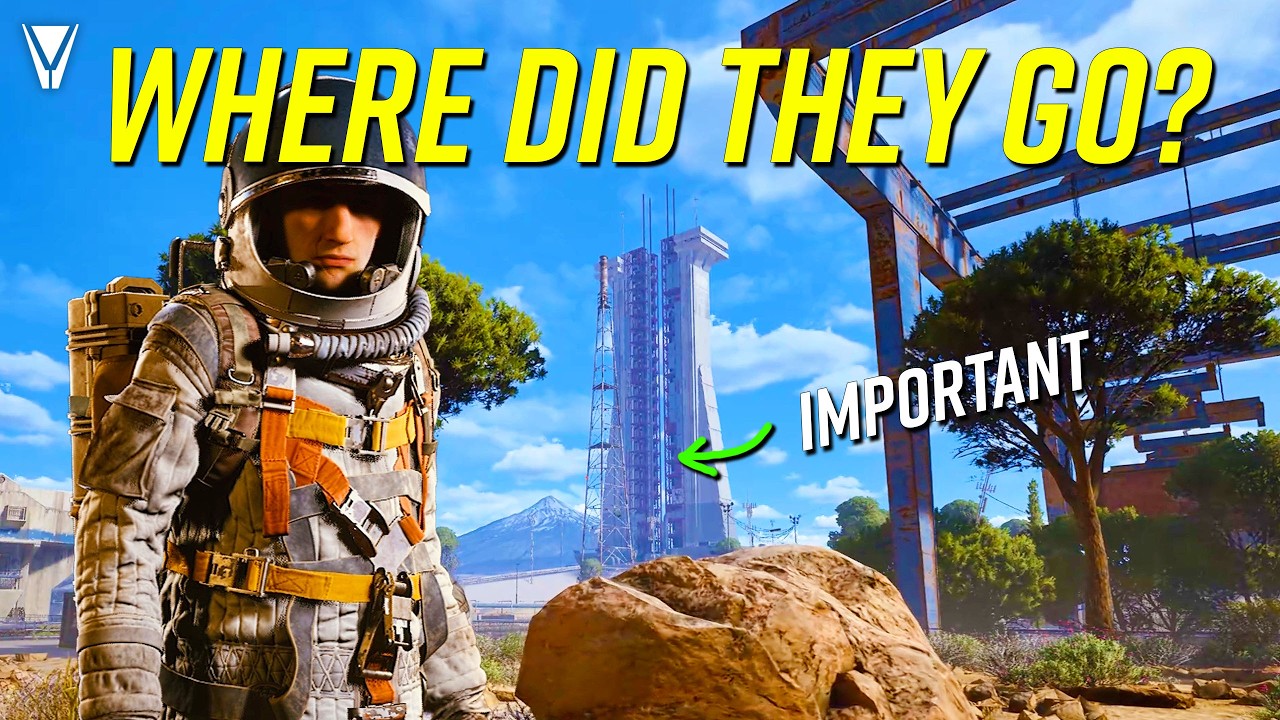Arc Raiders combines intense combat with detailed environmental storytelling to reveal a post-ecological collapse world where humanity has retreated underground while elite survivors escaped via space Exodus shuttles. Through architectural analysis of locations like Asera Spaceport, the game uncovers a darker narrative of conflict between underground survivors and arc machines sent by those who fled, highlighting themes of survival, division, and mystery.
Arc Raiders stands out in the crowded extraction looter shooter genre by blending intense combat with rich environmental storytelling. The game’s beautifully crafted surface environments—featuring abandoned highways, eerie skies, and mysterious arc machines—hint at a deeper narrative about humanity’s retreat underground following a global environmental collapse. The storyteller, approaching the game through an architectural lens, discovers subtle clues embedded in the world that suggest a larger, darker story about humanity’s fall, the origins of the arc machines, and the survivors’ struggle to reclaim what remains.
The official lore reveals a timeline where a global ecological disaster devastates surface civilization, forcing humanity underground. After this collapse, unknown arc machines arrive and attack survivors in waves, pushing humanity into cramped underground refuges like Spironza. The mysterious Exodus—shuttles that left Earth for off-world destinations—adds another layer of intrigue, as it remains unclear who left, when, and whether they ever returned. This sparse official narrative sets the stage for environmental clues found in locations like the Asera Spaceport, which the narrator explores in detail.
Asera Spaceport, likely set in a fictionalized Italy, is a key location that reveals much about the world’s past. Its name, location, and architecture suggest it was once a thriving regional hub within an advanced spacefaring civilization. The spaceport’s design—nestled between mountains and wasteland—indicates it was built for defense and resilience, not mere convenience. Evidence of a violent siege by arc machines, including the remains of massive queen-class arcs, suggests a desperate battle took place here, with defenders fighting to protect evacuation or access points.
Further analysis of the spaceport’s infrastructure reveals a complex facility with passenger terminals, cargo warehouses, and automated labor robots, implying a highly advanced and efficient operation. The presence of tunnels connecting to underground refuges suggests dual purposes: a public spaceport and a secret Exodus launch site for the elite. This duality supports a theory that humanity had already achieved significant space travel capabilities by the time of the environmental collapse, but societal collapse and conflict fractured humanity into survivors underground and those who fled to space.
The narrator’s theory pieces together a haunting timeline: humanity thrived in space before an ecological disaster forced a retreat underground. The elite escaped Earth via Exodus shuttles, abandoning many behind. Over time, Earth’s surface began recovering, and underground survivors started reclaiming infrastructure like Asera. Fearing this resurgence, the Exodus humans deployed arc machines to eliminate surface survivors, sparking a brutal conflict. While survivors resisted the first wave, a second, more devastating wave forced humanity underground again. This fractured history paints a grim picture of division, survival, and mystery, with many unanswered questions still hidden in the game’s world.
